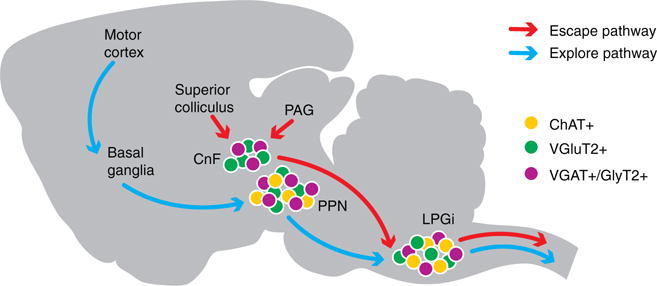Figure 1. Anatomical and functional characterization of a bimodal circuit for speed.

The mesencephalic motor region comprises two areas: the pedunculopontine nucleus (PPN) and cuneiform nucleus (CnF). The pedunculopontine nucleus has at least three neurochemically distinct populations: glutamatergic (purple), cholinergic (yellow) and inhibitory neurons (green). The cuneiform nucleus is a mix of glutamatergic and inhibitory interneurons. The lateral paragigantocellular nucleus (LPGi) resides in the medulla and is as heterogeneous as the pedunculopontine nucleus. The midbrain areas, like the superior colliculus and periaqueductal grey, initiate fast escape responses, which are relayed to the effector circuits in the spinal cord via the cuneiform nucleus–lateral paragigantocellular nucleus pathway (red arrows). Conversely, motor cortex and basal ganglia promote a series of goal-directed movements that are translated into slow-paced exploratory motor behavior via the pedunculopontine nucleus-induced activation of probably lateral paragigantocellular nucleus and other medullary and spinal nuclei (blue arrows).
